Rising Agricultural Production
The Solar Dryer Market is closely linked to the rising agricultural production observed in various regions. As food production increases, the need for effective drying solutions becomes more pronounced. Solar dryers provide an efficient means of preserving agricultural products, reducing post-harvest losses that can reach up to 30% in some areas. The growing emphasis on food security and quality is driving farmers to adopt solar drying technologies. Furthermore, the integration of solar dryers into agricultural practices is being encouraged through training programs and workshops. This trend not only enhances the market potential for solar dryers but also contributes to sustainable agricultural practices. As agricultural production continues to rise, the Solar Dryer Market is poised for significant growth.
Cost-Effectiveness of Solar Dryers
The Solar Dryer Market is witnessing a shift towards cost-effective solutions as traditional drying methods become increasingly expensive. Solar dryers offer a sustainable alternative that significantly reduces operational costs. Reports indicate that solar dryers can lower energy expenses by up to 70% compared to conventional drying methods. This cost advantage is particularly appealing to smallholder farmers and businesses in developing regions, where energy access may be limited. The affordability of solar dryers, combined with their low maintenance requirements, makes them an attractive option for various applications, including food preservation and agricultural products. As more stakeholders recognize the financial benefits associated with solar drying technologies, the market is likely to expand, fostering innovation and competition within the Solar Dryer Market.
Government Incentives and Policies
The Solar Dryer Market is benefiting from supportive government incentives and policies aimed at promoting renewable energy technologies. Many countries are implementing subsidies, tax breaks, and grants to encourage the adoption of solar energy solutions. For instance, recent data suggests that government initiatives have led to a 20% increase in solar dryer installations in certain regions. These policies not only enhance the financial viability of solar dryers but also stimulate research and development efforts within the industry. As governments continue to prioritize sustainability and energy efficiency, the Solar Dryer Market is likely to see increased investment and growth opportunities. This supportive regulatory environment is crucial for fostering innovation and expanding the market reach of solar drying technologies.
Increasing Awareness of Renewable Energy
The Solar Dryer Market is experiencing a notable surge in awareness regarding renewable energy solutions. As consumers and businesses alike become more conscious of environmental issues, the demand for sustainable drying methods is rising. This shift is reflected in the growing number of initiatives promoting solar energy usage, which has been reported to increase by approximately 15% annually. The emphasis on reducing carbon footprints and reliance on fossil fuels is driving investments in solar dryer technologies. Consequently, manufacturers are innovating to meet this demand, leading to a more competitive market landscape. The increasing awareness not only enhances market growth but also encourages collaboration among stakeholders, including governments and private sectors, to promote solar dryer adoption. This collective effort is likely to further propel the Solar Dryer Market forward.
Technological Innovations in Solar Drying
The Solar Dryer Market is experiencing rapid advancements due to technological innovations that enhance the efficiency and effectiveness of solar drying systems. Recent developments include the integration of smart technologies, such as IoT and automation, which optimize drying processes and improve energy management. These innovations are expected to increase the efficiency of solar dryers by up to 40%, making them more appealing to users. Additionally, the introduction of new materials and designs is contributing to the durability and performance of solar dryers. As these technologies evolve, they are likely to attract a broader customer base, including industries beyond agriculture, such as textiles and pharmaceuticals. The continuous evolution of technology within the Solar Dryer Market is expected to drive growth and expand its applications.


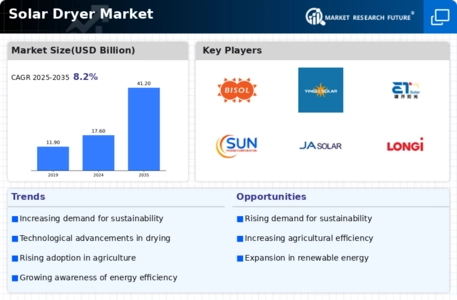
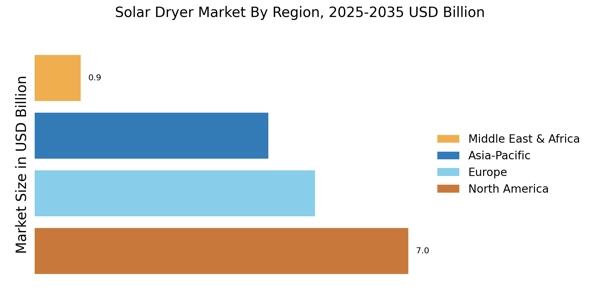
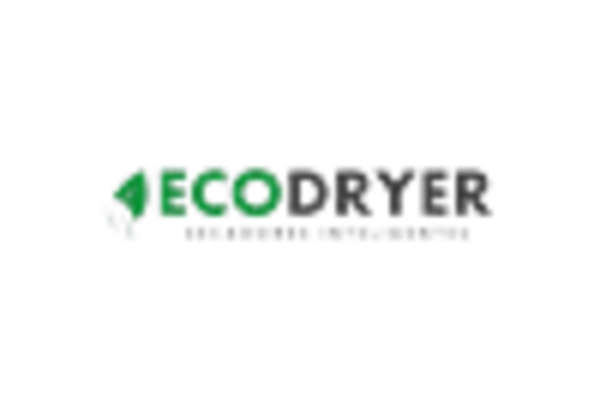
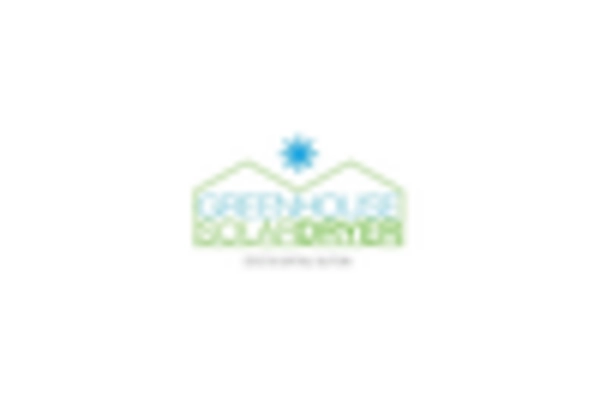
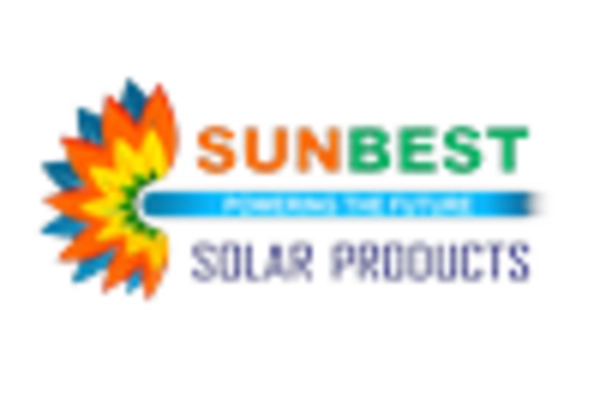
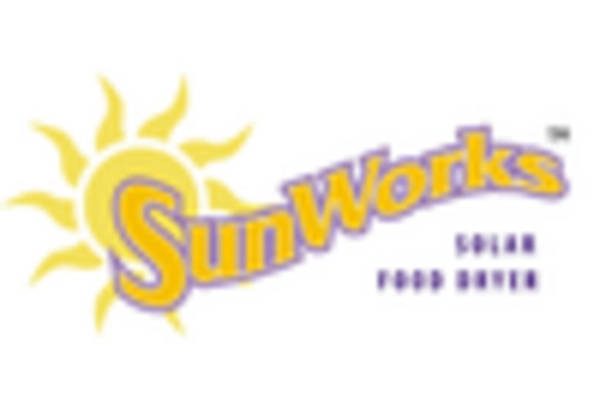
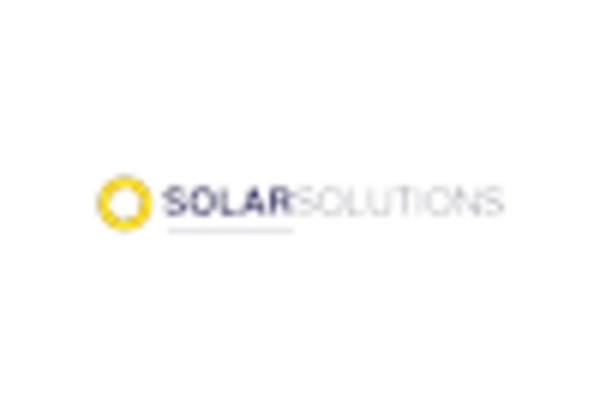
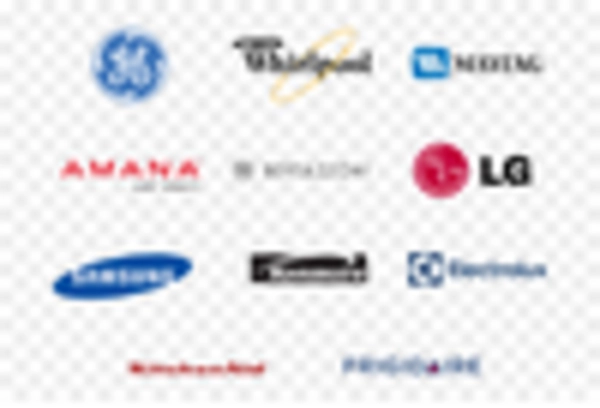








Leave a Comment